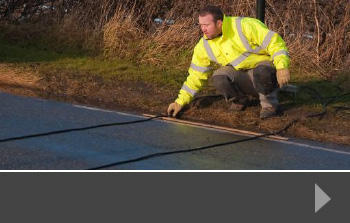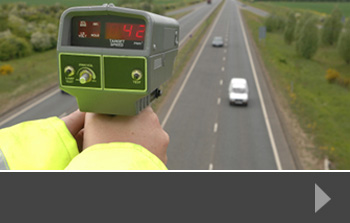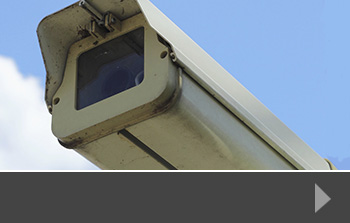UK Government scraps new smart motorways
Last month, the government announced that they were cancelling all new smart motorway projects. This is the result of concerns about both the cost of managing the infrastructure projects, and worries about safety – it’s estimated that around 38 people have been killed on smart motorways in the UK since they were introduced.
Smart motorways were introduced to help with congestion and lower journey times – both things that help to keep the economy moving. The idea was that variable speed limits and co-opting the hard shoulder as a travel lane during busy periods would help traffic flow. Some of the busiest areas of motorway in the UK have smart motorway status, including most of the M25, and sections of the M1 and M6.
What’s changing?
The government had planned to upgrade some existing smart motorways to something called all-lane running’ motorways. This is where the hard shoulder is permanently removed, adding an extra lane to the entire stretch of motorway. According to a BBC report, these are the areas of motorway where plans are now cancelled:
These motorway sections will no longer become new all-lane-running smart motorways:
- M3 Junction 9-14
- M40/M42 interchange
- M62 Junction 20-25
- M25 Junction 10-16
The following stretches were due to be converted to all-lane-running, but will remain dynamic smart motorways:
- M1 Junction 10-13
- M4-M5 interchange (M4 junction 19-20 and M5 junction 15-17)
- M6 Junction 4-5
- M6 Junction 5-8
- M6 Junction 8-10a
- M42 Junction 3a-7
- M62 Junction 25-30
Schemes for the following motorways were in the pipeline, but have been cancelled:
- M1 North Leicestershire
- M1 Junctions 35A-39 Sheffield to Wakefield
- M6 Junctions 19- 21A Knutsford to Croft
Are smart motorways dangerous?
We have written before about the problems with smart motorways. When vehicles break down, they have to stop on the hard shoulder – even if the hard shoulder is an active travel lane at that point. There are emergency refuge areas for vehicles that need them, but campaigners say there are not enough of them, and vehicles often can’t get to the refuge area before they need to stop.
Active hard shoulders are supposed to be continually monitored, so that if a vehicle does have to stop, the lane can be closed by using a red ‘X’ on the gantry. But there have been occasions where this hasn’t happened quickly enough, or drivers have ignored it. This has resulted in moving vehicles running into the back of stationary vehicles, causing injury and death. The government says it is looking at ways to maintain its commitment to lowering congestion and journey times while maximising motorway safety.
Journey time surveys from RDS
At Road Data Services, we specialise in collecting accurate traffic survey data. Our work includes journey time surveys, traffic surveys, ANPR surveys and more. To find out more about how we can help you with your next project, contact us today.















